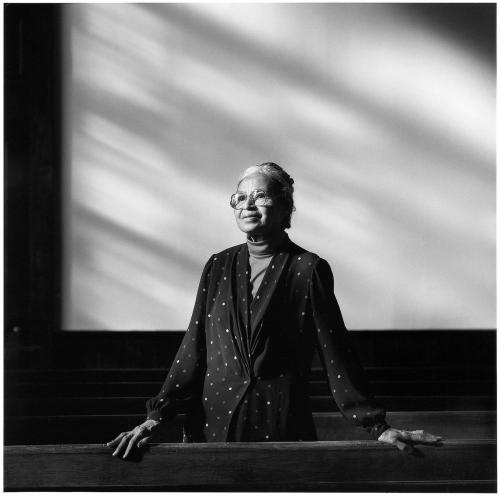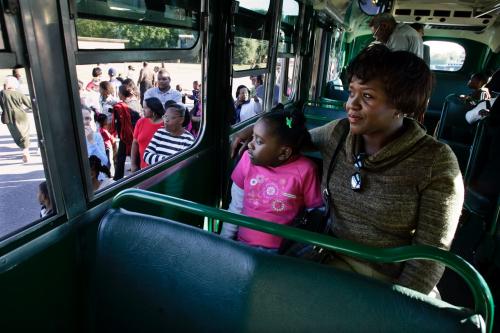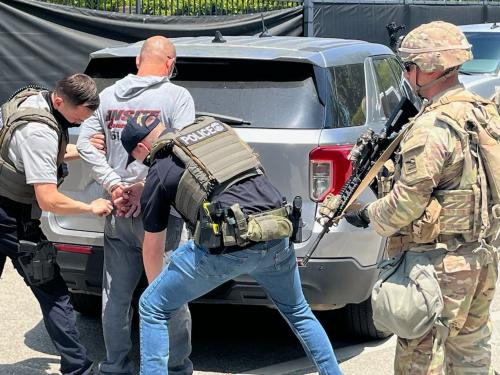There is a saying—“When America catches a cold, Black people get the flu.” Well, in 2020, when America catches coronavirus, Black people die. Blacks in about every state with racial data available have higher contraction rates and higher death rates of COVID-19.
In Michigan, Blacks make up 15% of the state population but represent 35% of people diagnosed with COVID-19. This means that Blacks in Michigan are 133% more likely to contract the novel coronavirus relative to their percentage of the state. With a death rate hovering near 4% in Michigan, Blacks are also over-represented for deaths related to COVID-19, accounting for 40% of all deaths statewide. For comparison, Whites represent 25% of people diagnosed with COVID-19 and 26% of deaths. Whites make-up over 75% of the state population.
In Illinois, Blacks represent about 16% of the state but 30% of people diagnosed with COVID-19. In Chicago, Blacks represent 70% of people who have died from coronavirus. North Carolina, South Carolina, and New York show the same pattern with slightly smaller gaps. Among the four states shown below, Blacks are 74% more likely to contract coronavirus than their percentage of the state. These disparities are likely to continue as the virus spreads to new areas. The coronavirus has not even hit rural America hard yet, where many counties do not even have a single hospital bed.
In Louisiana, Blacks represent about one-third of the state population but 70% of COVID-19 deaths. Most of these deaths are centered in the New Orleans area. Blacks in Milwaukee County, Wisconsin, represent roughly 45% of diagnoses and over 70% of deaths related to COVID-19. Black men, such as retired police officer Lenard Wells, are dying at high rates. Wells was part of the first integrated police recruit class in the early 1970s in Milwaukee and then taught criminal justice courses at the University of Memphis (my alma mater). Famed University of Maryland Professor and artist David Driskell also died due to complications related to COVID-19. Driskell’s name stands prominently on an art museum near the center of campus.
Some speculate that pre-existing health conditions are contributing to racial disparities in COVID-19. During a White House coronavirus task force briefing, Dr. Fauci, Director of the National Institute of Allergy and Infectious Diseases since 1984, stated, “Health disparities have always existed for the African American community… [coronavirus is] shining a bright light on how unacceptable that is because, yet again, when you have a situation like the coronavirus, they are suffering disproportionately. We will get over coronavirus, but there will still be health disparities which we really do need to address in the African American community.”
I argue structural conditions that inform pre-existing conditions and health disparities are the main culprit for the epidemic within the pandemic which is ravaging Black communities across the U.S. A decade ago, I worked as a Robert Wood Johnson Foundation Health Policy Research Scholar at the University of California at Berkeley. I conducted research on obesity and physical activity and discovered that health outcomes are as much about place as they are about race—the racial composition of neighborhoods to be more specific.
What are the structural conditions that cause racial health disparities?
Blacks, relative to Whites, are more likely to live in neighborhoods with a lack of healthy food options, green spaces, recreational facilities, lighting, and safety. These subpar neighborhoods are rooted in the historical legacy of redlining. Additionally, Blacks are more likely to live in densely populated areas, further heightening their potential contact with other people. They represent about one-quarter of all public transit users. Blacks are also less likely to have equitable healthcare access—meaning hospitals are farther away and pharmacies are subpar, leading to more days waiting for urgent prescriptions. So, health problems in the Black community manifest not because Blacks do not take care of themselves but because healthcare resources are criminally inadequate in their neighborhoods.
Regarding work, Blacks are more likely to be part of the new COVID-19 “essential” workforce. Blacks represent nearly 30% of bus drivers and nearly 20% of all food service workers, janitors, cashiers, and stockers. During a highly-contagious pandemic like COVID-19, Black workers, and consequently their families, are over-exposed. In this regard, staying home during a quarantine is a privilege. Humanizing these dire statistics are people like Jason Hargrove, a bus driver in Detroit who posted a viral video stating that a passenger coughed repeatedly on the bus without covering her mouth, as well as 27-year-old Leilani Jordan, a grocery store worker in Largo, Maryland, who wanted to make sure people had their essentials for the quarantine. Both died of coronavirus.
There is also an important intersectional dimension that highlights the combined influences of race and gender. Similar to health disparities more broadly, men seem more likely than women to die from COVID-19. But, women are the ones who are mostly working in service jobs. They are also more likely to do the caregiving and housework in their households.
Climate also creates challenges in the Black community. Predominately Black neighborhoods are more likely to be exposed to pollutants and toxins. We simply have to look at the Flint-to-Detroit corridor where kids and families are overexposed to lead. Many have developed Legionnaires’ disease and other extreme health complications. These deleterious health outcomes, however, are not just in Flint. In Baltimore (Black population over 60%), children’s lead levels are over double the recommended rate. Lead exposure not only causes physical health issues, it harms cognitive development, rational decision making, and academic test scores. The U.S. pays about $15 billion annually to deal with lead poisoning cases. Imagine if lead problems did not exist in places like Baltimore and Flint, and those funds could be used to improve schools, neighborhood infrastructure, and health resources.
And of course, criminalization plays a role in racial health disparities. Black men report being stopped in stores by police for wearing personal protective equipment (PPE). Though a mask should signal health precaution, it signals potential criminal behavior if a person is Black, particularly if they are male. A Baltimore police sergeant is under investigation after he was recorded openly coughing at Black residents while patrolling through a public housing complex.
Baltimore Police Commissioner, Michael Harrison. stated that the video was “not only disturbing but incomprehensible.” Over 300 officers and civilian employees of the Baltimore Police Department have been under quarantine. So, neighborhoods with lead poisoning and inadequate healthcare access are the same ones where people like Freddie Gray suffer back injuries by police and end up dying. Consequently, overpolicing during COVID-19 may lead to some Blacks being less likely to utilize PPE.
In addition to structural conditions, micro-level factors shape racial health disparities including racial bias in medical treatment and the racial empathy gap in perceived pain tolerance. In physician-patient interactions, Black patients are mostly spoken to rather than listened to. These experiences as well as comments from French doctors stating that potential COVID-19 vaccines should be tested on poor Africans (similar to how AIDS drugs were tested on prostitutes) revive collective memories of medical mistrust and further enhance racial health disparities. The United States and European nations have a long and torrid colonial legacy of using Black bodies as scientific and medical guinea pigs rather than treating them as human beings. The infamous Tuskegee syphilis study and the legacy of Henrietta Lacks’ HeLa cells come to mind.
Collectively, these structural conditions and micro-level outcomes equate to a recipe for disaster where the consequences are Blacks’ increased exposure, diagnosis, and death from the coronavirus. Now, we have to ask how this happens in the wealthiest nation on earth. How can this inequality have such wide-reaching implications? Well, racial inequality was baked into the recipe of the creation of the United States of America. Inequities in neighborhood resources and the healthcare system are manifestations of this recipe. And, when crises like the COVID-19 pandemic occur, inequalities are exacerbated rather than diminished. Evidently, this is “the price we pay for inequality,” as stated by Kim Blankenship, Professor of Sociology and former director of the Center on Health, Risk, and Society at American University. It is time for the U.S. to implement legislation to close the racial gap in health disparities before this pandemic is over and before it is too late.
The Brookings Institution is committed to quality, independence, and impact.
We are supported by a diverse array of funders. In line with our values and policies, each Brookings publication represents the sole views of its author(s).





Commentary
Why are Blacks dying at higher rates from COVID-19?
April 9, 2020